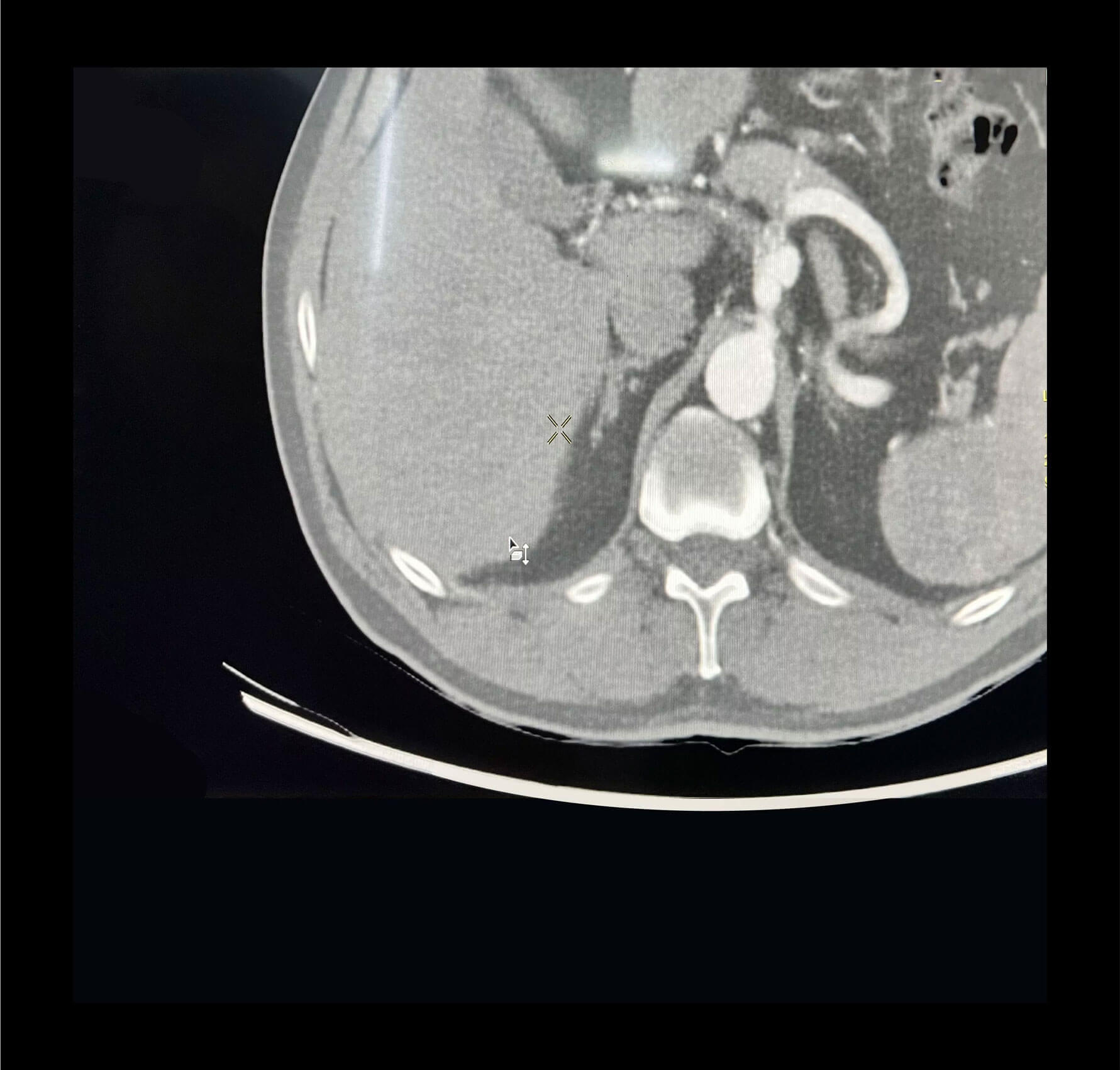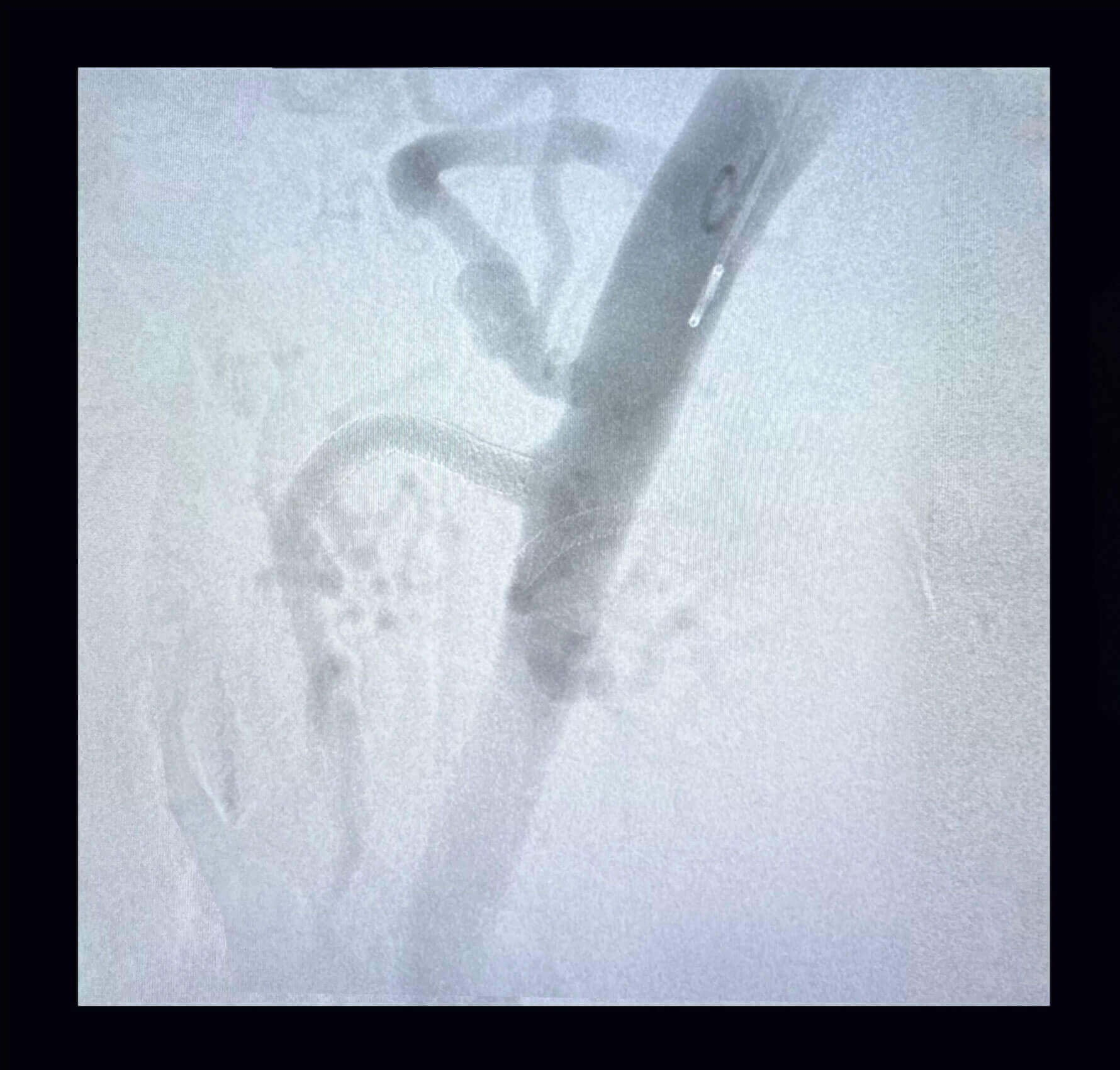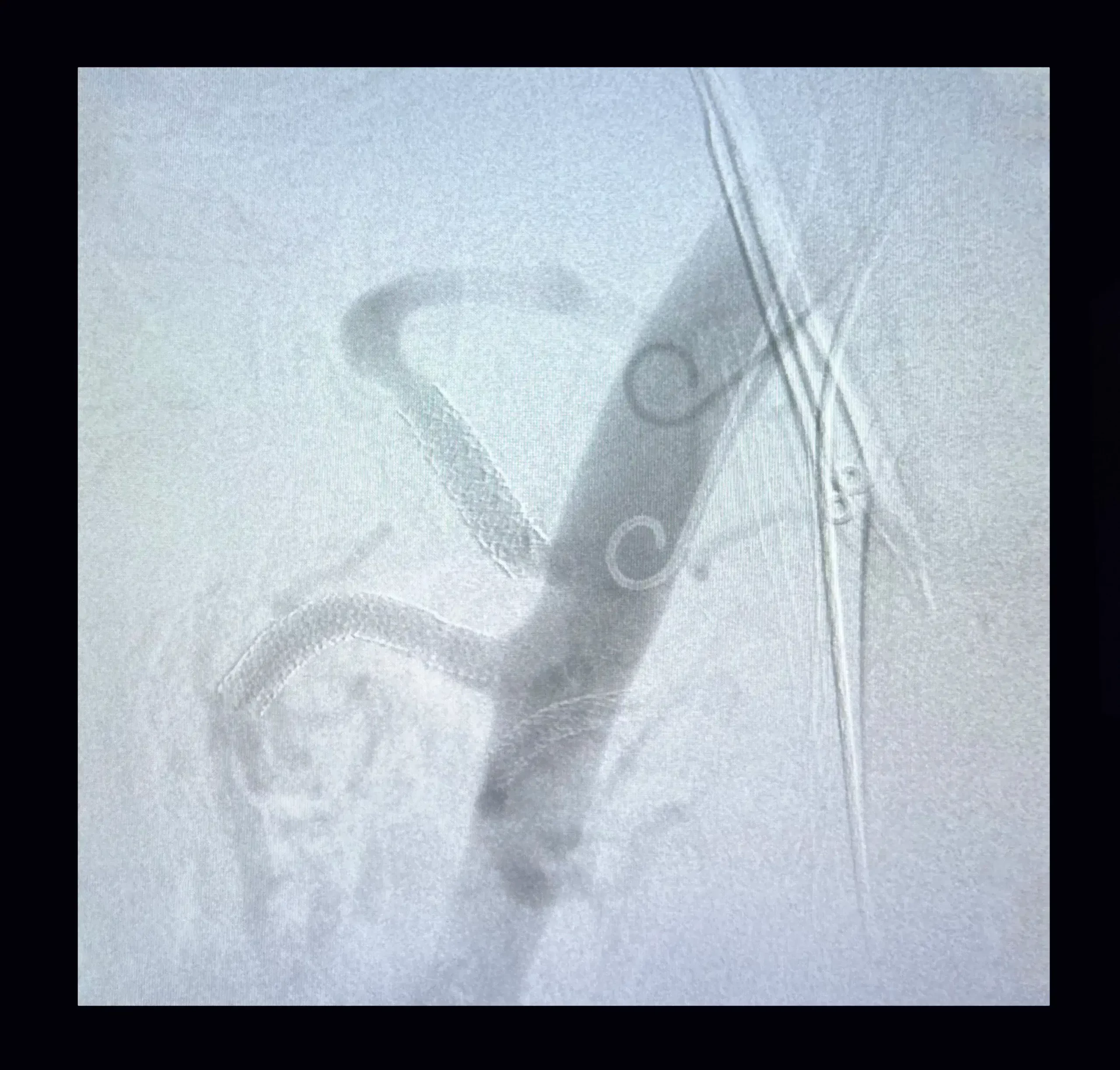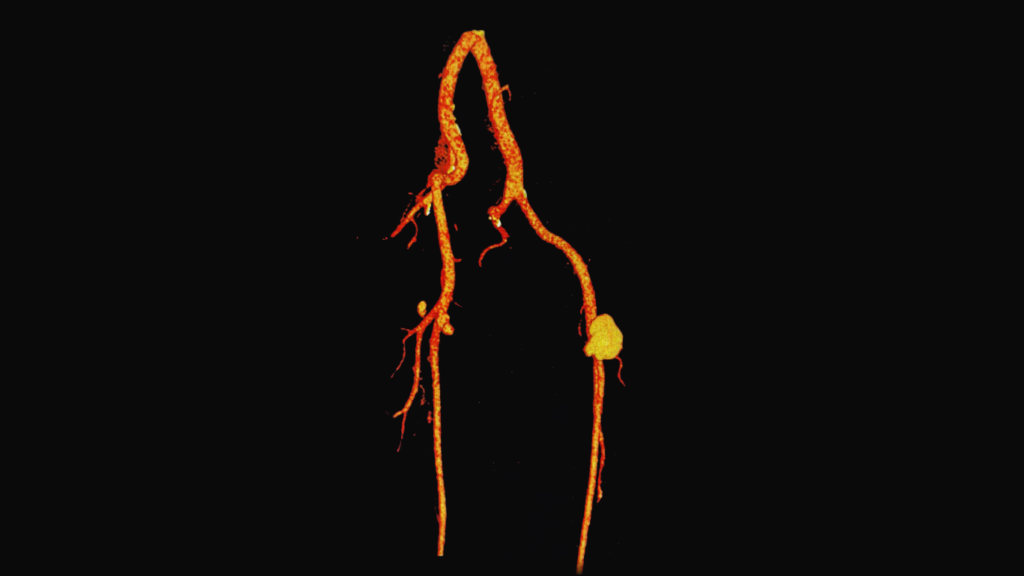What are peripheral artery aneurysms?
An aneurysm is an abnormal dilation of an artery due to a weakness in its wall.
This weakness can lead to thrombus formation and occlusion of the circulation, causing rupture with very serious bleeding or it can compress adjacent structures or tissues.
Risk factors
This type of aneurysm is generally genetic.
They occur mainly in leg arteries such as the femoral and popliteal.
They are extremely rare and occur more commonly in men than in women.
Peripheral artery aneurysms symptoms
Usually asymptomatic, but can cause pain, weakness, edema, and numbness in the legs. On the other hand, they can cause embolism and occlusion of the circulation to an artery that can lead to color changes in the toes.
Tobacco is the main cause of the growth of this type of aneurysm.
Peripheral artery aneurysms are usually identified on a good physical examination.
Some tests such as duplex and CT angiography can confirm its presence.
Treatment of peripheral artery aneurysms



Most of these aneurysms require treatment when they measure over 2 cm.
At ABC Medical Center’s Cardiovascular Center, we can provide you with specialized care. Contact us!
Fuente:
Dr. Salomón Cohen Mussali – Vascular and Endovascular Surgery specialist at ABC Medical Center.



